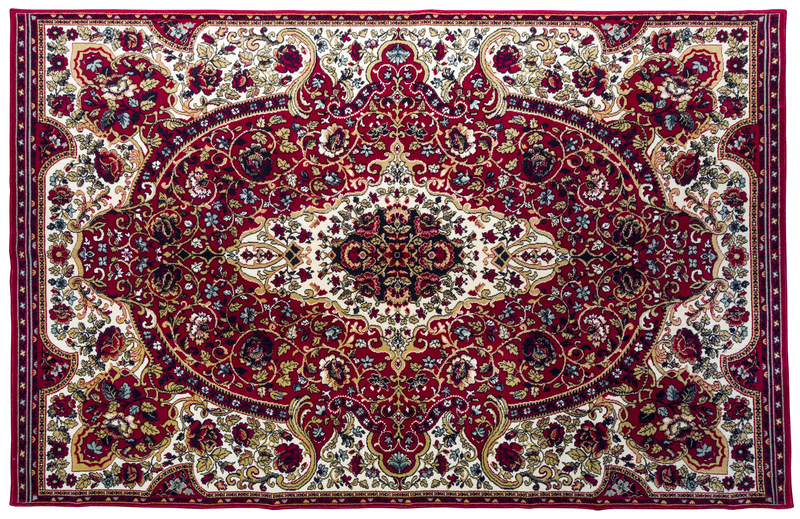The Dos and Don'ts of Stain Removal
Posted on 24/07/2024

Stains can be a real nuisance. Whether it's a red wine spill on your favorite white shirt, or an ink blotch on your new carpet, stains have a way of showing up at the most inconvenient times. And let's face it, no one wants to go out with a big stain on their clothes or have to replace an expensive piece of furniture because of an unsightly mark. But fear not, there are some dos and don'ts when it comes to stain removal that can help you tackle those stubborn marks and keep your belongings looking fresh and clean.
DO: Act Quickly
The first and most important rule of stain removal is to act quickly. The longer a stain sits, the harder it will be to remove. As soon as you notice a stain, try to get to work on it right away. This will increase your chances of successfully removing the stain before it sets in.
DON'T: Rub the Stain
When trying to remove a stain, many people's first instinct is to vigorously rub at it with a cloth or brush. However, this can actually make the stain worse by spreading it around or pushing it deeper into the fabric. Instead, gently blot the stain with a clean cloth or paper towel. This will help to soak up the excess liquid without rubbing it into the material.
DO: Use the Right Products
There are countless products on the market claiming to be miracle stain removers, but not all stains are created equal. It is important to use the right product for the type of stain you are dealing with. For example, an oil-based stain will require a different cleaner than a water-based one. If you're unsure about which product to use, do some research or consult with a professional for recommendations.
DON'T: Use Hot Water on Protein-Based Stains
Protein-based stains like blood and sweat should never be treated with hot water. Heat can cause these types of stains to set and become virtually impossible to remove. Instead, use cold water and a stain-specific detergent to treat these types of stains.
DO: Pre-Treat Stains
Before throwing your stained clothes in the washer, it's important to pre-treat them. This means applying a stain remover directly onto the affected area and letting it sit for a few minutes before washing as usual. This extra step can make a big difference in removing tough stains.
DON'T: Use Bleach on Every Stain
While bleach can be a powerful stain removal tool, it is not suitable for all types of stains. In fact, using bleach on certain materials or colors can actually make the stain worse and cause permanent damage. Always read the label on your cleaning products and be cautious when using bleach on delicate fabrics.
DO: Read Care Labels
Speaking of labels, it's important to always read the care instructions on your clothing and other belongings before attempting to remove a stain. Some materials may require special treatment or should only be dry cleaned, so it's important to follow these guidelines to avoid causing further damage.
DON'T: Give Up Too Soon
Stains can be stubborn, and some may require multiple attempts at removal before they disappear completely. It's important not to give up too soon or assume that the stain is now permanent. Be persistent and try various methods until the stain is gone or significantly reduced.
In conclusion, following these dos and don'ts of stain removal will help you keep your clothes, furniture, and carpets looking their best. Acting fast, using the right products, and being gentle in your approach are key when dealing with stains. And remember, if all else fails, there are professional services available that specialize in removing even the toughest of stains. So don't let a little spot ruin your day - tackle that stain with confidence!
Pros:
- Helps readers understand the proper techniques for effective stain removal
- Provides valuable tips for dealing with different types of stains
- Promotes the use of do-it-yourself methods before seeking professional help
Cons:
- Readers may still encounter difficulty removing certain stains despite following these guidelines
- Some may not have access to certain products mentioned in the article
Tips:
- Keep a stain removal kit handy with basic supplies like detergent, vinegar, and rubbing alcohol
- Test any new cleaning products on a small, inconspicuous area before using it on the entire stain
Takeaways:
- Act quickly and gently when treating stains
- Read care labels and use the right products for the type of stain
- Be persistent and don't give up too soon
In conclusion, by following these dos and don'ts of stain removal, you can increase your chances of successfully removing stains and keeping your belongings looking like new. Remember to act fast, be gentle, and use the correct products for best results. And if all else fails, seek professional help to tackle those tough stains. With these tips in mind, you can confidently face any stain that comes your way.




